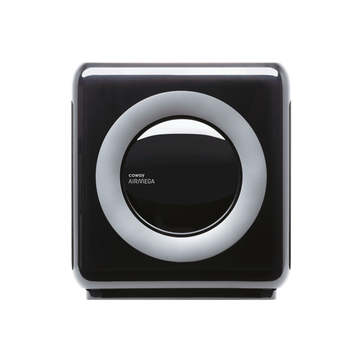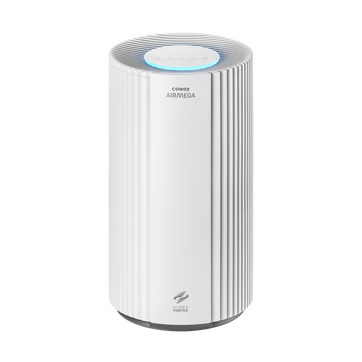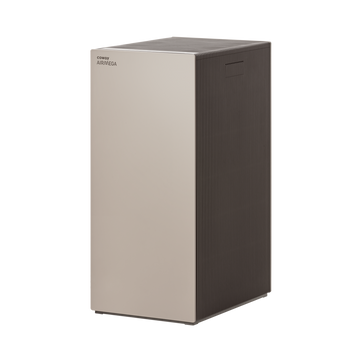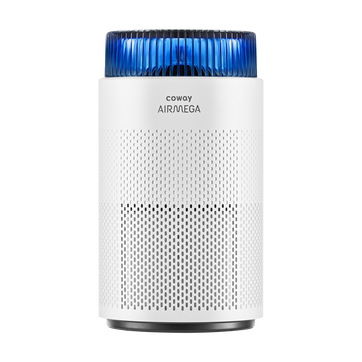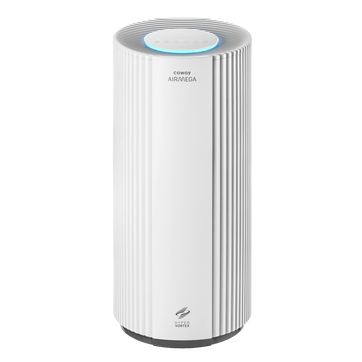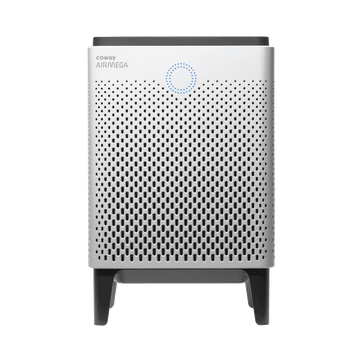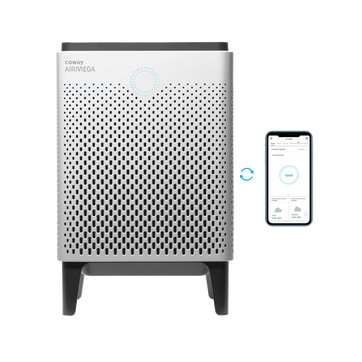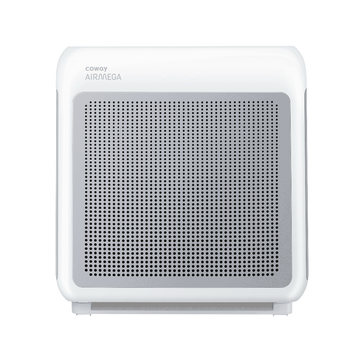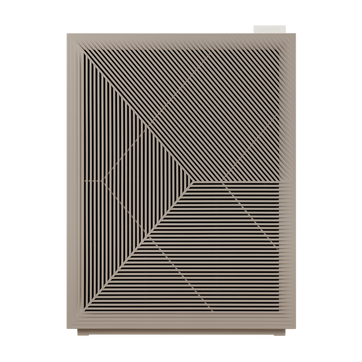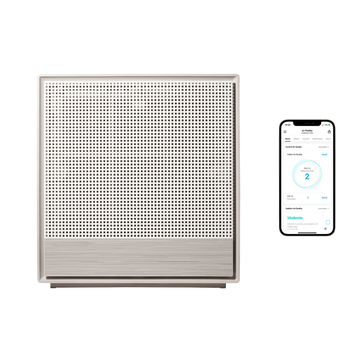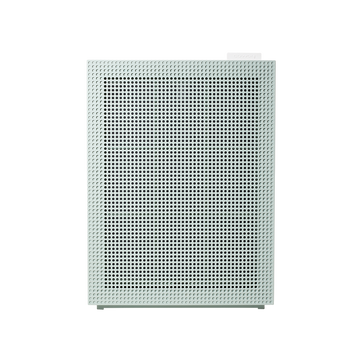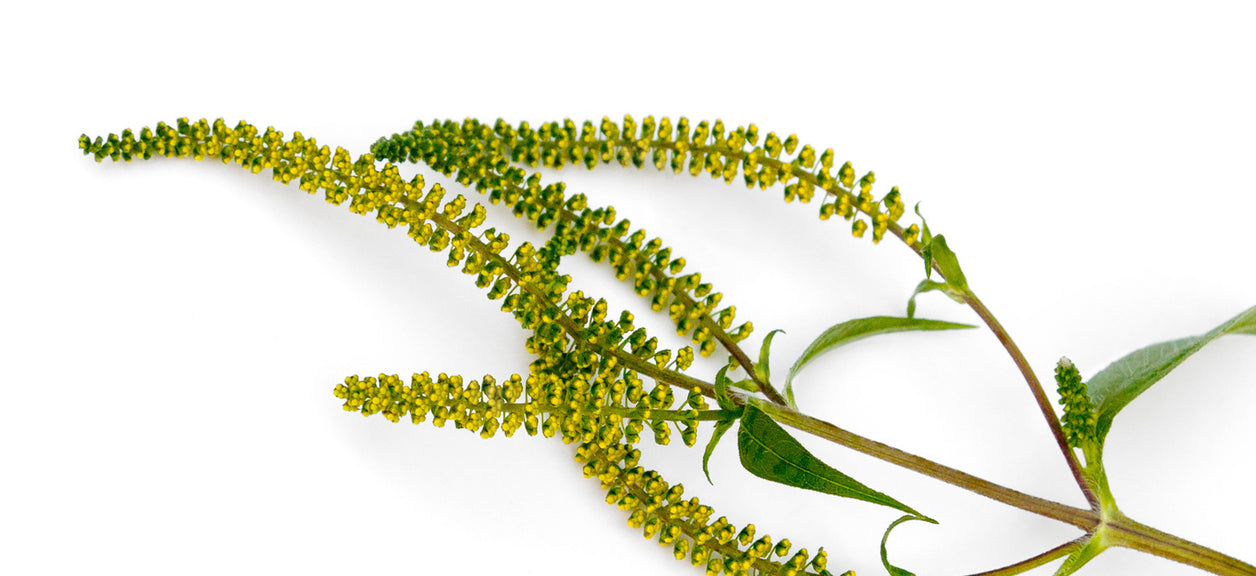
How to fight the 5 most common allergies
Allergies mean utter misery for most sufferers. The good news is there are ways to combat those stuffy noses, watery eyes and other likely symptoms. Here’s a look at how to protect yourself from the big five allergens: grass, mold, ragweed, trees and dust.
Grass
If you suffer from grass pollen allergies, you’re in good company. Around 400 million people worldwide have the same affliction. In the United States, prime-time for grass allergies in northern regions is generally late spring or early summer, when grasses tend to pollinate. On the other hand, in southern areas, because grasses may pollinate year-round, you can suffer from allergic symptoms just about any time.
Protecting yourself: Mow your lawn diligently, since shorter grass is less likely to release pollen. And wear a mask when you do. Also, consider re-landscaping your lawn with allergy-safe options such as ivy or Spanish moss.
Mold
Because mold thrives in wet and warm environments, especially at temperatures of 77 degrees Fahrenheit and above, summer-time can be a big season for the stuff. On the other hand, autumn has its own special problems: When you rake all those falling leaves, you are likely releasing fungal spores into the air.
Protecting yourself: Use an air conditioner in the summer to keep temperatures below the level mold needs to grow rapidly. In the autumn, make sure your gutters are clean and working properly, so water drains away from your home. And at all times, ventilate your bathroom when showering to prevent moisture from building up.
Trees
Especially allergy-inducing trees are those with fine, powdery pollen that can be easily blown away by a strong breeze. Breathing in just a small amount is enough to cause a reaction. If you’re in the Midwest, March and early April are tricky, because that’s when maple, elm and ash spread their seeds. Texas, on the other hand, has many mountain cedars, which can blanket entire sections of the state in late winter and early spring. But December has its own tree allergy problems, thanks to mold in Christmas trees that can cause allergic reactions.
Protecting yourself: Prune back the branches of problematic trees in your yard to reduce the amount of pollen they release. Or, better yet, remove the whole tree and replace it with a more allergy-friendly variety.
Dust
Dust mites, microscopic critters that measure 0.2–0.3 millimeters in length, typically feed on skin flakes from humans and animals. Major triggers of allergic reactions to dust mites are digestive enzymes from the mite’s gut that exist in its feces and exoskeleton. You’ll find them almost anywhere, from carpeting to upholstered furniture.
Protecting yourself: Use special filters to block dust coming out of heating vents. Change bed linen weekly, washing it in hot water. Use dust-mite-proof bed clothes, and cover pillows and mattresses with hypoallergenic covers. And keep the air temperature low, since dust mites thrive in warmer temperatures.
Ragweed
One measly ragweed plant can release about 1 billion grains of pollen over the course of a ragweed season, which generally is late summer and early fall. It’s also a major cause of hay fever, as many as half of all cases of pollen-related allergic rhinitis in North America are caused by pollen from the plant.
Protecting yourself: Try to choose indoor activities if the pollen count is high. If you do something outside, make it early: The lowest concentration is around 6:00 am. Also, keep your windows closed during allergy season to avoid letting pollen into your home.
Year-round protection
Whether the problem is ragweed, trees, dust, mold or grass, a HEPA air purifier, like Coway Airmega, can work to eliminate allergens from the air and help you breathe easier.
Disclaimers
1Coway air purifiers have been proven to trap dust, pollen, dander, viruses and bacteria in the air based on KCL (Korea Conformity Laboratories) testing.They have been tested in a 30㎥ size chamber according to the Korea Air Cleaning Association standard (SPS-KACA 002-132:2022 Modified) to measure the 0.01㎛ size of particle removal rate. It was tested on maximum airflow speed in normal room temperature and humidity conditions. The performance may vary in the actual living environment of customers.
→ Tested with Airmega Aim, 50, 100, 150, 160, Tower AP-1216L, Mighty AP-1512HH, MightyS AP-1512HHS, 200M, Icon, IconS, 230, 240, 250, 250 Art, 250S, 300, 300S, 350, 400, 400S, 450, ProX
299.97% of viruses, bacteria, fungi and pollen were verified to be removed from the air for Coway air purifiers which have Green True HEPA™ filter applied based on the Japan Food Research Laboratories(JFRL) testing according to JEM 1467 standard.
→ Tested with Coway Airmega Mighty AP-1512HH, MightyS AP-1512HHS, 250, 250 Art, 250S, 300, 300S, 400, 400S
→ All tested by JFRL and received above result within below time.
4The concentration of ammonia, acetaldehyde and acetic acid were proven to be removed within 30 minutes by FCG Research Institute, Inc. Human Life Science Lab. It is not a demonstration result in the actual use space. Not all odors and gases may be supported. → Tested with Coway Airmega 150, 160, Mighty AP-1512HH, MightyS AP-1512HHS, 400, 400S
5The coverage area of the air purifier is based on an area where the air cleaner can make two air changes per hour (ACPH). An air change per hour translates to how many times an air purifier can clean an area, assuming the height of a ceiling to be 8 ft, in one hour. Therefore ** means two air changes per hour means that the cleaner can clean the area once every 30 minutes and * means air changes per hour means that the air purifier can clean the area once every 60 minutes.
10Terms and conditions apply. Discounts, including promotions, coupons, bundle discount and subscription discount, cannot be stacked on top of other coupons. During promotional periods, discount codes will not be able to be applied to orders. Promo codes may apply to products only—filters, accessories, and new products within 3 months of the release date are not included.
11Based on Coway R&D internal laboratory testing, activated carbon filtration was shown to remove up to 95% of ammonia odors within 40 minutes, and up to 99% of fecal odors within 20 minutes. Actual performance may vary depending on usage conditions.

